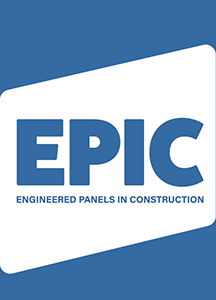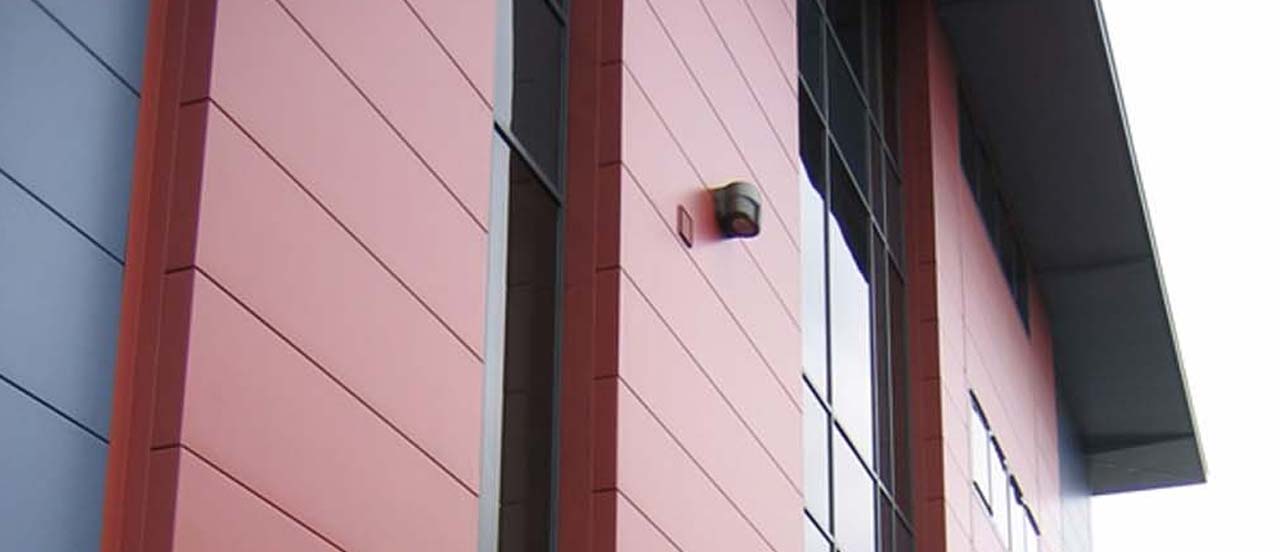We are now just six years away from the time that all new buildings are supposed to be ‘zero carbon’, and with the rather conservative measures that are likely to be coming out of the next changes to Approved Document L2A, achieving that target is looking increasingly challenging.
Of course when the target was originally set nobody could have predicted the deep and long lasting impacts of the global recession, or the devastating effects of a stagnant UK construction market. It might seem as though tightening up on regulatory requirements is the last thing the industry needs, However, it is more important than ever to take a long term view, because there are some serious factors at play.
Thursday 24 March it was revealed that the unseasonal cold weather had depleted Britain’s stocks of gas to just two days supply. Only the timely arrival of a large tanker from Qatar averted a domestic fuel crisis. We are worryingly dependent on imported gas to keep our homes warm and businesses running, and only by urgent and effective action can we reduce this dependency.
The buildings we construct today are going to be with us for many, many years. In that time we know that fossil fuel resources are going to become scarce, that supply is vulnerable, that investment in large scale renewables is costly, and that energy prices are going to continue rising. It seems logical therefore to construct those new buildings to be as energy efficient as possible, starting by optimising the fabric performance.
Having a thermally efficient building envelope is the most cost effective and reliable route to cutting energy consumption, and thereby carbon emissions. Naturally there is an optimum level to be achieved before the measures involved reach the law of diminishing returns when weighed against the economics and the practicalities involved. Very thick insulation, for example, has a knock on effect in terms of footprint, structural loading and the scale of other structural elements.
One practical solution is to use insulated panel systems, which can achieve excellent U-values with minimal insulation thickness, together with extremely high levels of airtightness. For example, a composite insulated panel system of 120mm thickness with a PIR core is capable of providing a U-value of just 0.16 W/m²K, and an airtightness of at least 5m³/hr/m². In some cases, figures lower than 2m³/hr/m² have been achieved, way below the current regulatory requirements.
Insulated panel systems are extremely durable, offering high levels of performance for decades, and the relative lightness of the PIR insulation core and strength of the panel construction can reduce the amount of secondary steelwork that is needed.
They also lend themselves easily to refurbishment – a crucial area to address when it comes to meeting targets to cut CO2 emissions. Whether used to over-clad or to completely replace existing cladding or roofing, insulated panel systems can greatly improve the energy efficiency of our existing building stock, as well as upgrading the appearance of older buildings, further enhancing our living and working environments.
Insulated panel systems effectively address the urgent question of energy efficiency, whether for new build or for refurbishment applications, making that vital first step along the road that will bring us to low or zero carbon buildings, not to mention energy security.

